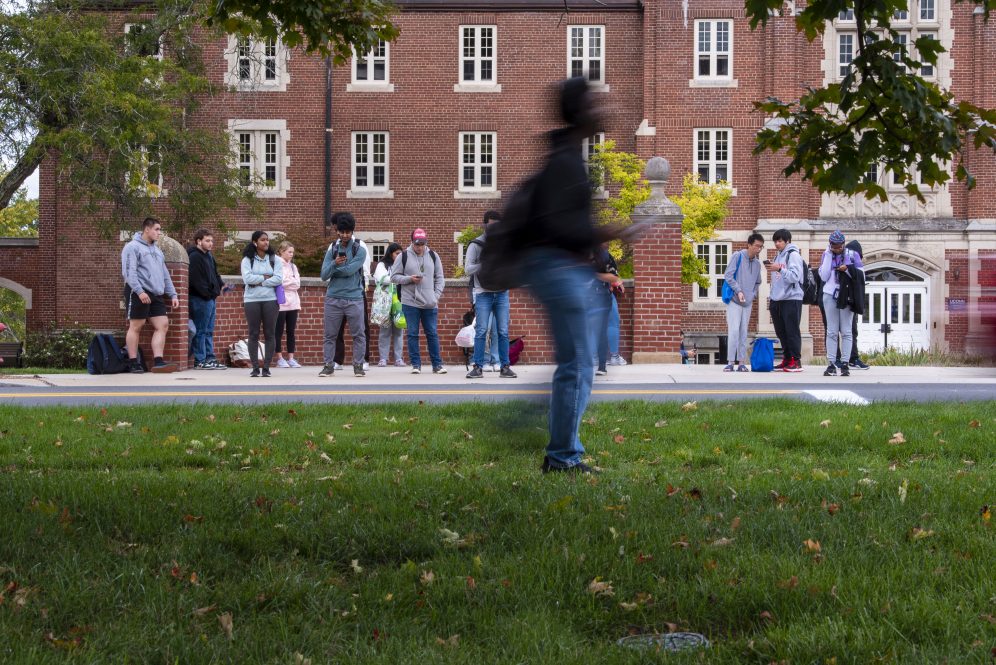High school students from Connecticut who aspire to attend UConn will be able to submit their applications for free on Nov. 15 as part of an initiative to increase access to higher education.
This is the second year in which UConn and the Connecticut State Colleges & Universities system have offered “Fee-Free Application Day,” an initiative inspired by a 2021 proposal in the Connecticut General Assembly.
Any Connecticut high school students who submit their applications to UConn on Nov. 15 will be able to waive the $80 undergraduate application fee.
The waiver is intended to increase access to students whose financial constraints could make the fee difficult to pay, and who otherwise might hesitate to apply.
Vern Granger, UConn’s director of undergraduate admissions, says many such students may be strong candidates for admission and generous financial aid offers, but would never know that a UConn education is within their reach if they can’t afford the application fee.
Certain applicants can already can waive the fee if they are eligible. Those waivers usually apply when a student is an orphan or ward of the state, qualifies for SAT/ACT test cost waivers, receives public assistance or lives in foster care, is eligible for free or reduced-cost school lunches, and related circumstances.
However, the Nov. 15 Fee-Free Application Day applies to high school students from Connecticut at any income levels who submit their materials that day.
Granger says the option may be especially helpful for those who do not qualify for the typical waivers, but for whom finances are tight enough that an $80 fee could be a make-or-break factor in deciding whether to apply.
“Providing an application fee waiver for Connecticut students is well aligned with UConn’s commitment to eliminating financial barriers that could hinder access,” Granger says.
UConn’s undergraduate applications have grown steadily over the past decade, reaching a record-setting 43,000-plus for the Class of 2026, which started at UConn this semester.
As the numbers have grown, so has the diversity in the applicant pool and those who are offered and have accepted admission to Storrs or one of the regional campuses in Hartford, Stamford, Avery Point, and Waterbury.
For example, the class that started at UConn this semester includes more than one-quarter of its population from races or ethnicities that are traditionally underrepresented in higher education, a category that includes Black, Hispanic/LatinX, Hawaiian/Pacific Islander, American Indian, and Alaska native students.
That’s a record high for UConn, as is the 49% of newcomers who are students of color, a category that includes the underrepresented students along with Asian populations.
About 30% of members of the Class of 2026 have personal or family incomes that qualify them for federal Pell Grant aid. That’s an increase from 22% in 2010, and an indicator that UConn is succeeding in its commitment to attracting talented students regardless of their financial circumstances.



